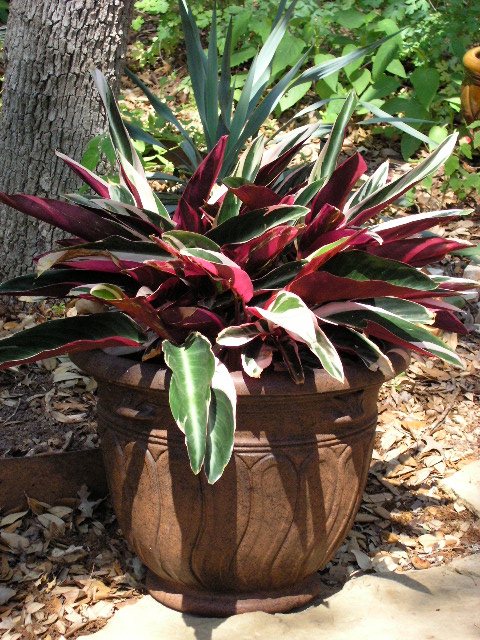I waited until May 20 before placing the thirteen Autumn Ferns (Dryopteris erythrosora) into the middle tier of my Three Tiers Bed. Would have preferred to have accomplished this sooner, but was unable to find the desired size & price until late in the season. Might have been better to just leave it bare until fall.
Step 2: Trim lower tree limbs to expose previously dappled shade bed to intense shaft of sunlight.
Last summer, this bed received dappled sun for most of the summer day. But after having some tree trimming done to remove lower limbs and get branches away from the house, the bed still gets the dappled sunlight but also additionally receives two hours of direct late afternoon sun. Which helps a lot if you desire fried plants.
Step 3: Be sure to schedule an ongoing extreme drought and intense summer temperatures.
A steady stream of above 100 degree days combined with a complete lack of moisture have combined to desiccate the soil layer to the utmost level of aridity. Tried to provide assistance with sporadic showers from the hose - but with our present weather conditions, just haven't been able to keep pace with the moisture loss.
So there you have it, three simple steps to wiping out a new garden bed.


























